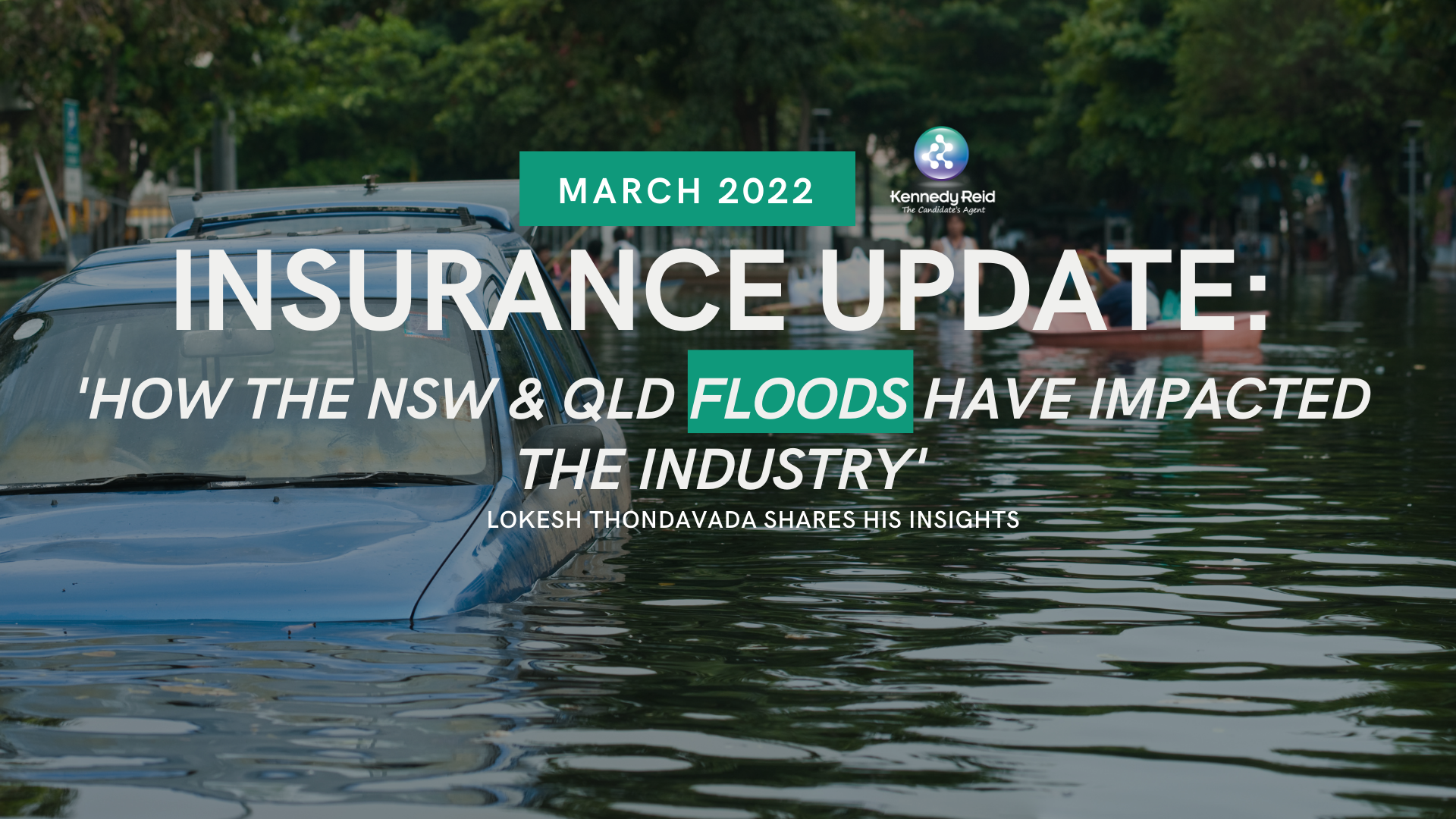The recent floods in New South Wales and Queensland have had a major impact on the insurance industry. With so many homes and businesses affected, insurers are facing a huge influx of claims. This puts pressure on resources and causes delays for policyholders who are already dealing with the aftermath of the floods.
In this blog post, Lokesh Thondavada, Chief Customer Officer at CAL, joins us to share his insight into the major challenges that insurers are currently facing and advice for employees and businesses moving forward.
What are some of the biggest challenges insurance employees or businesses have faced with the number of claims received due to the recent NSW & QLD floods?
In Mr Thondavada’s experience while dealing with catastrophe claims, he has noticed three major challenges:
01. Understanding Monetary versus Non-Monetary Risks
There are several risks that businesses and employers need to understand. These include both monetary (tangible) and non-monetary (intangible) threats. Both monetary and non-monetary risks can negatively impact an individual or a business, leading to mental health issues.
Floods can have a devasting impact on many communities, but the most vulnerable and disadvantaged communities face the greatest challenge. Several factors such as flood location, depth, duration, and speed can affect the consequences of floods. In addition, these factors can affect the value and vulnerability of the affected natural and built environments. Floods affect individuals and communities and have economic, environmental, and social repercussions.
02. Actual Claims Management
All stakeholders involved in a claim are not communicating in real-time, and this causes major problems for insurance companies. In many cases, those affected by the flooding won't have access to mobile and internet, or electricity, if they've just lost their homes. At the same time, Emergency Services are overburdened to provide a quick response.
Having your claim assessed and approved then dealing with a shortage of tradies, claims personnel, assessors can take its toll on one's mental health. The uncertainty and waiting can be very difficult. Even some flood-affected business owners whose income did not return to normal within six months also reported symptoms of depression. Due to the lack of communication between stakeholders, many people are left without help and support.
03. Insurance Policies
There are no universal flood insurance policies, which means that each insurer defines flood insurance differently. There is no standard for what flood insurance covers and those policies vary widely between insurers. As a result, thousands of victims of the floods will be unable to make claims on their insurance due to exclusions in the policy fine print.
The increasing frequency and intensity of floods in Australia is a major concern. Floods have been known to render premiums unaffordable for many, especially those living in disadvantaged populations. To improve the insurance process, insurers need to make it more affordable, improve communication, and respond to claims more efficiently while providing greater transparency about what is included and excluded from policies.
How has CAL helped businesses throughout this period?
In a typical claims process, many stakeholders get involved. These include but are not limited to State Emergency Services, Insurance Company, Loss Assessor, Broker Intermediary, the Claimant itself, repairer, and restorer. However, these stakeholders are not communicating in real-time, both on policy and claim.
As a solution, the CAL platform allows every stakeholder within a claim to communicate in real-time. Users can upload, share, and view documents to make informed decisions, improving efficiency, communication, greater transparency while meeting regulations & compliance.
What would be your word of advice to other employees or businesses moving forward?
Insurers need to look for technology solutions to manage and handle claims. More voice is required for claims executives and personnel to adapt and make necessary changes now rather than later. However, technology is not the prime solution; there needs to be a right balance between human interaction and technology. This is the only way to bring empathy and personalisation when a claim happens.
Emerging technologies can improve our ability to predict and manage floods, for example, implementing better weather modelling, improved forecasting systems, and better flood warning systems. We need to break the cycle of doing the same thing repeatedly and expecting different outcomes for claims management.
Employers need to be proactive in their claims management process and do everything in their power to ensure stakeholders are communicating in real-time. Technology solutions can play an important role in assisting with this process, but it is critical that employers also maintain a human touchpoint to ensure claims are managed effectively and accurately.

